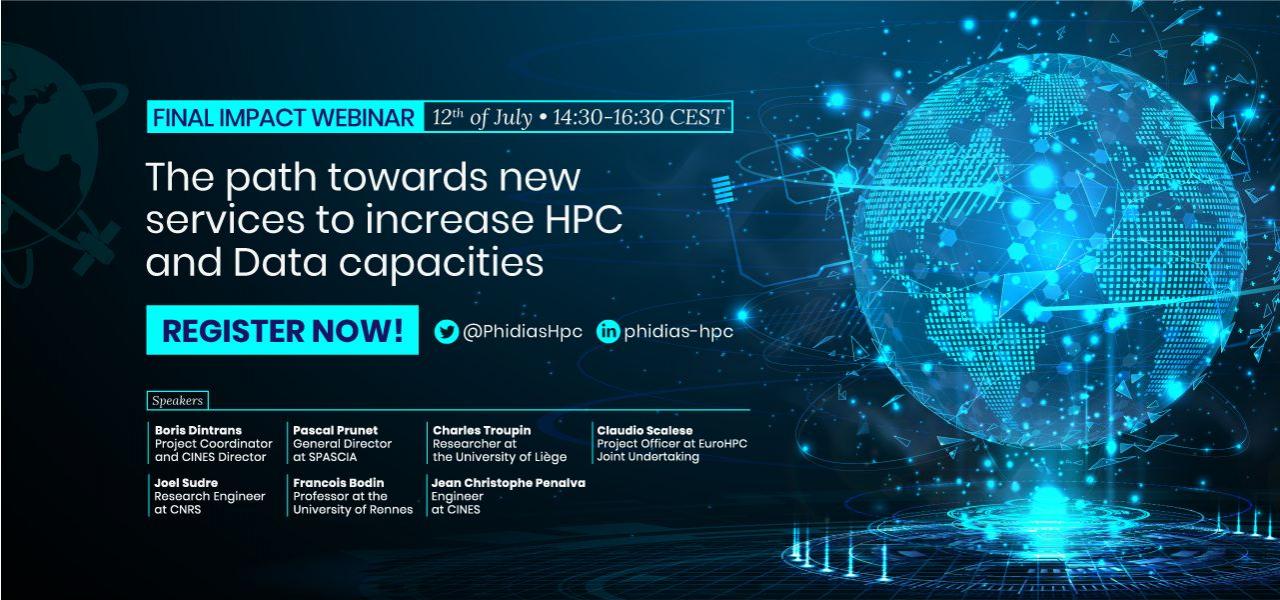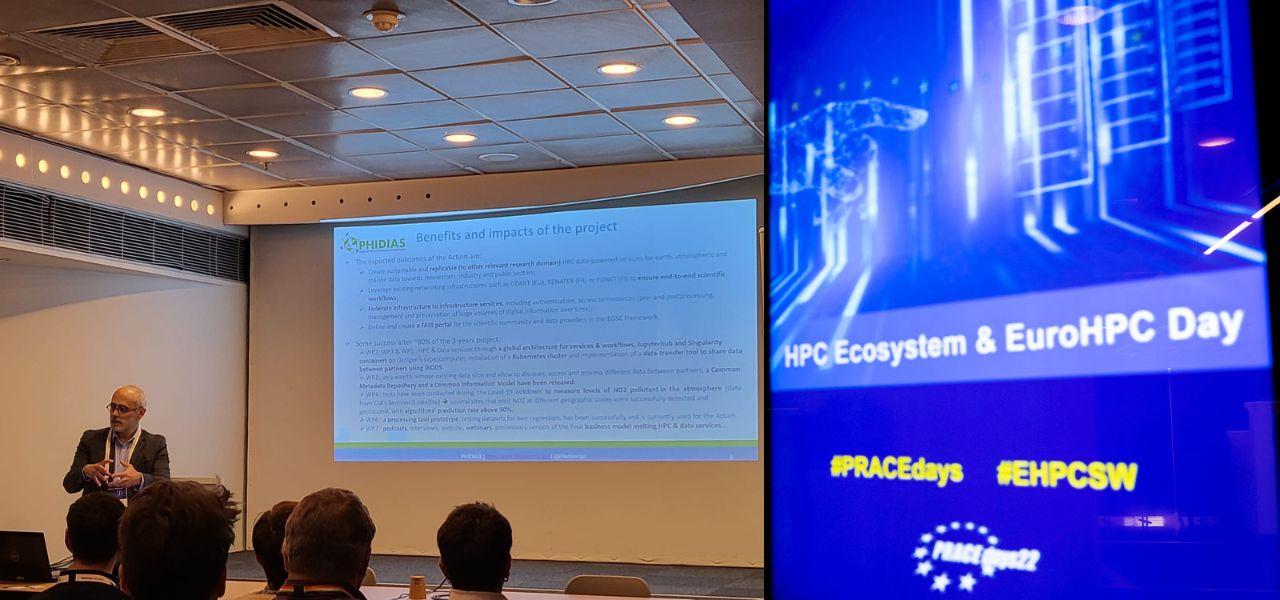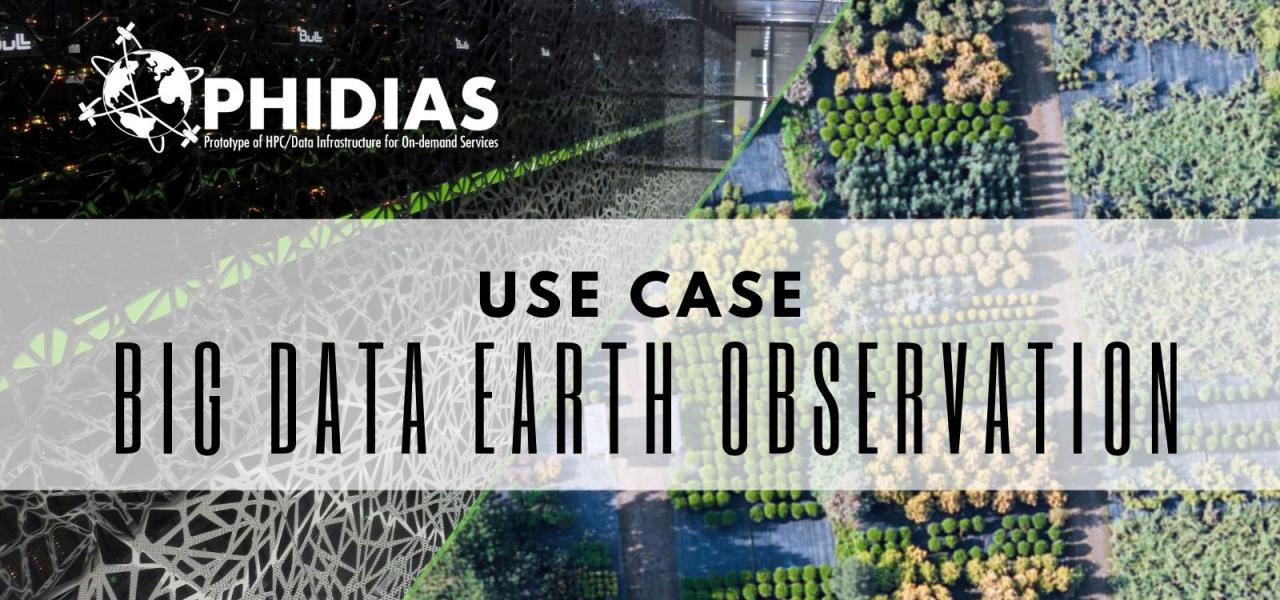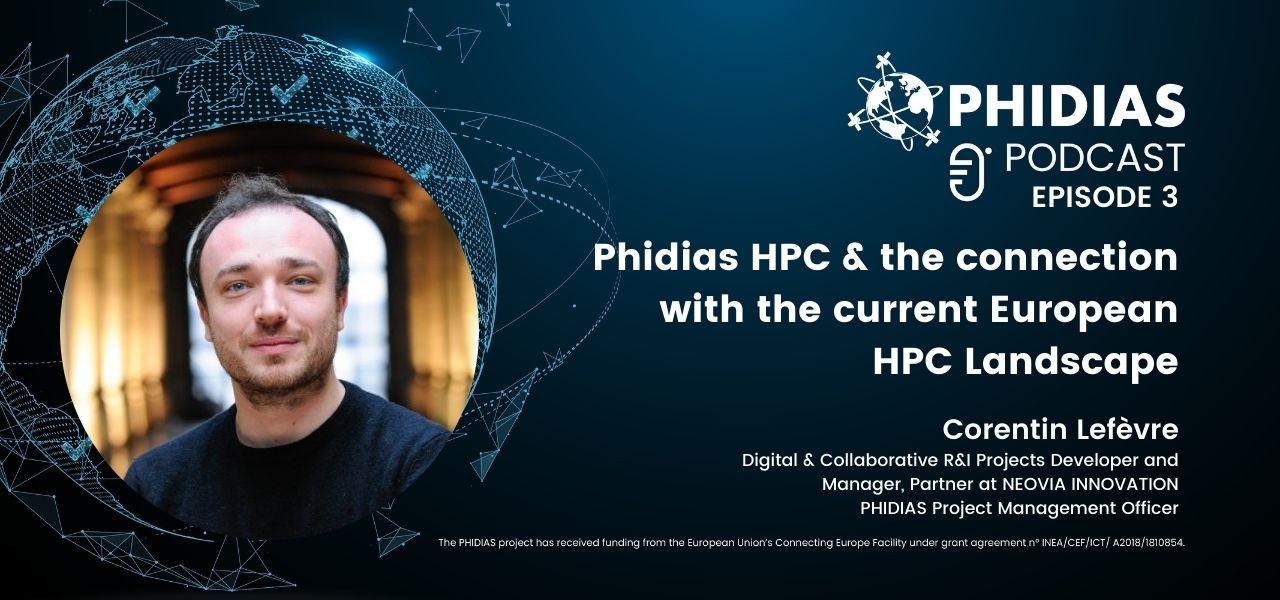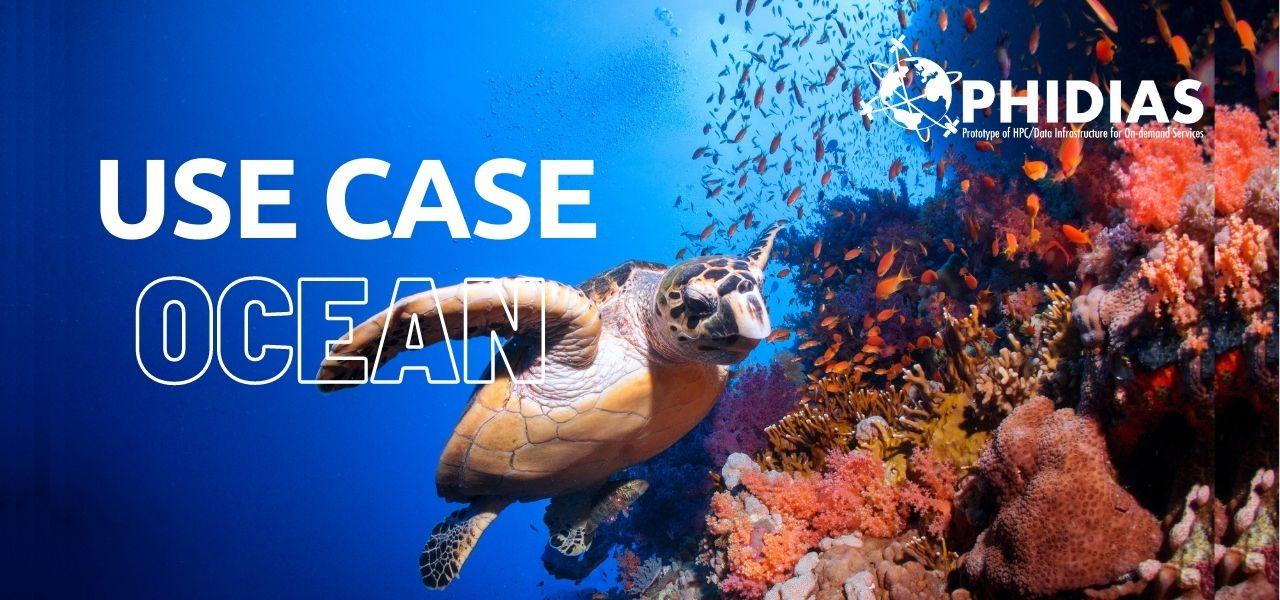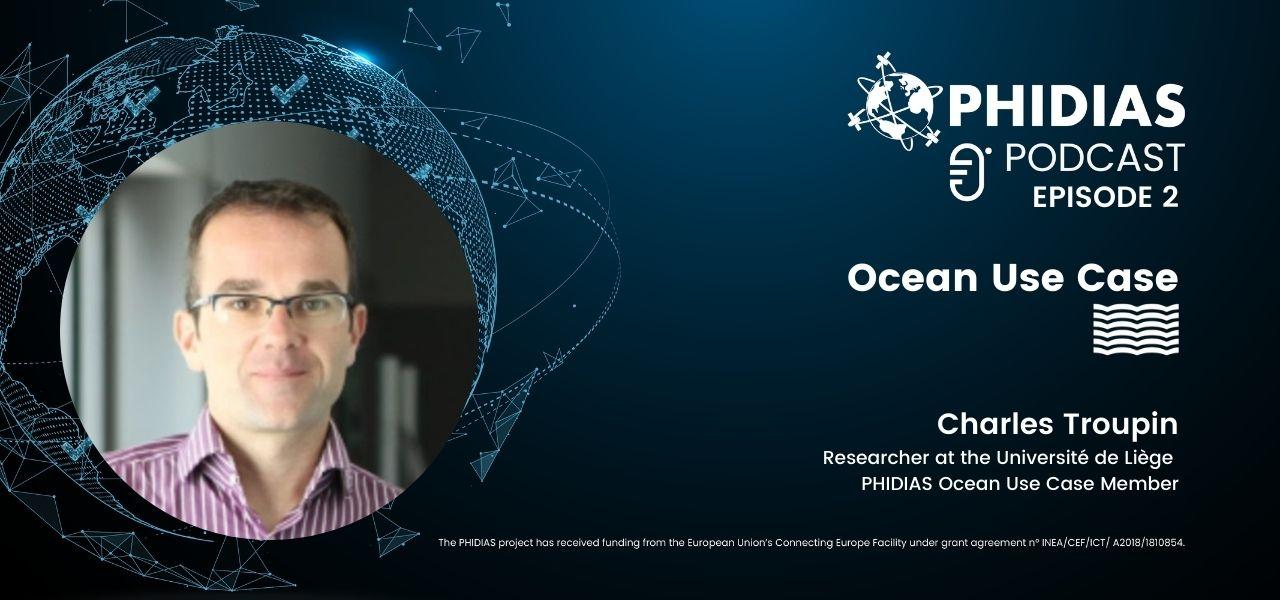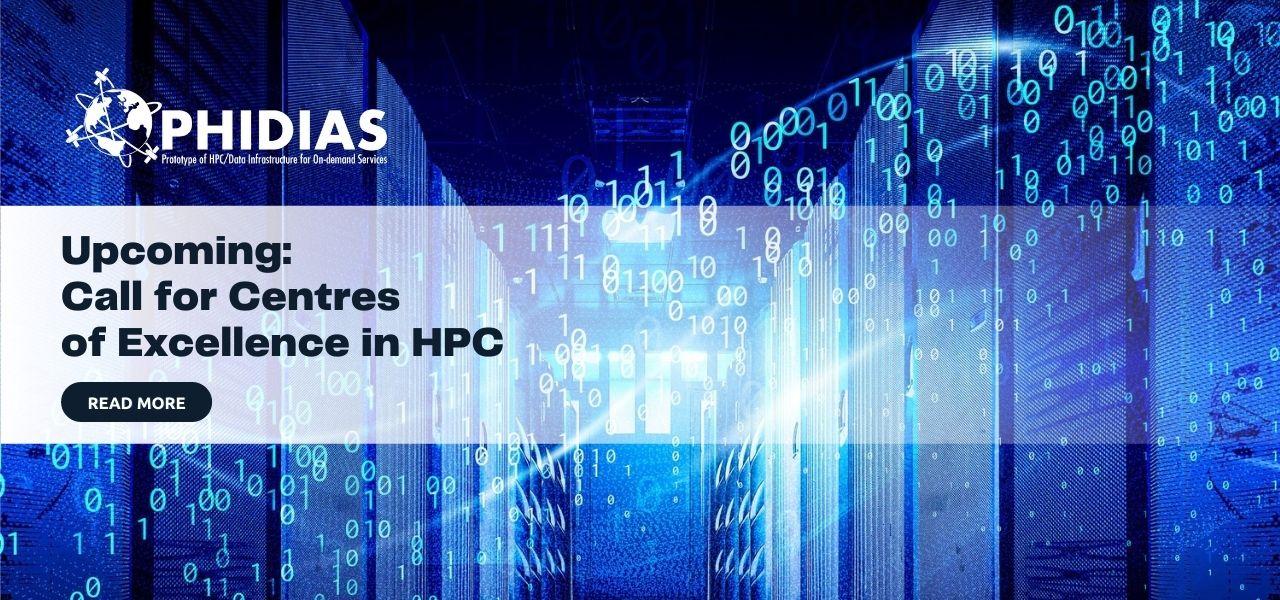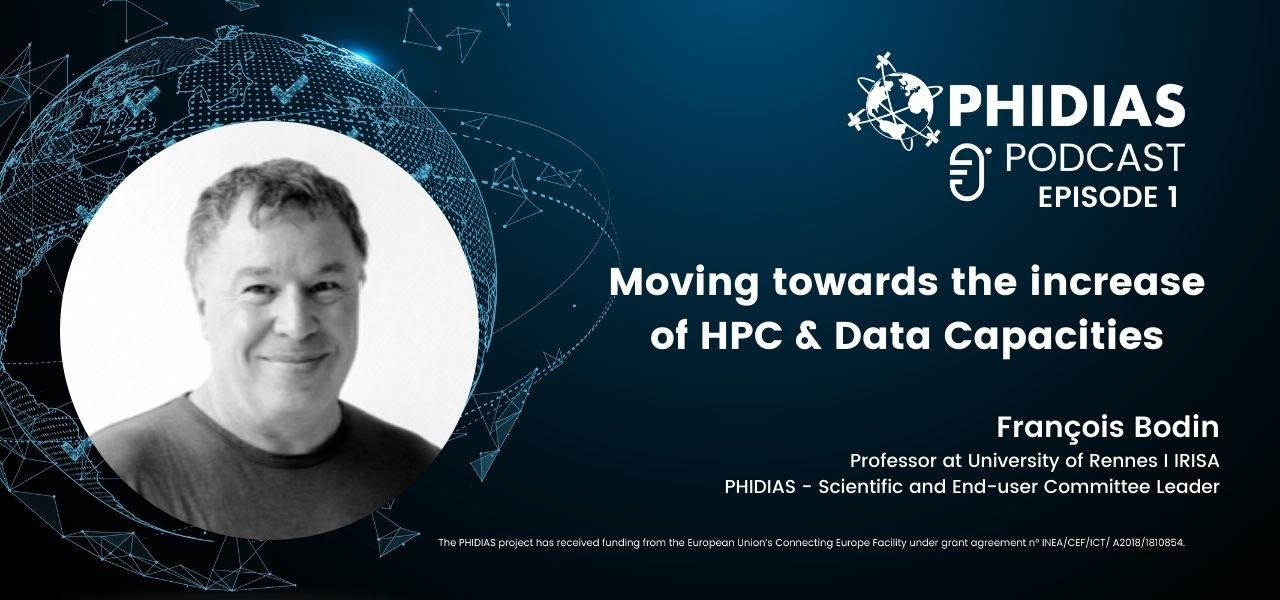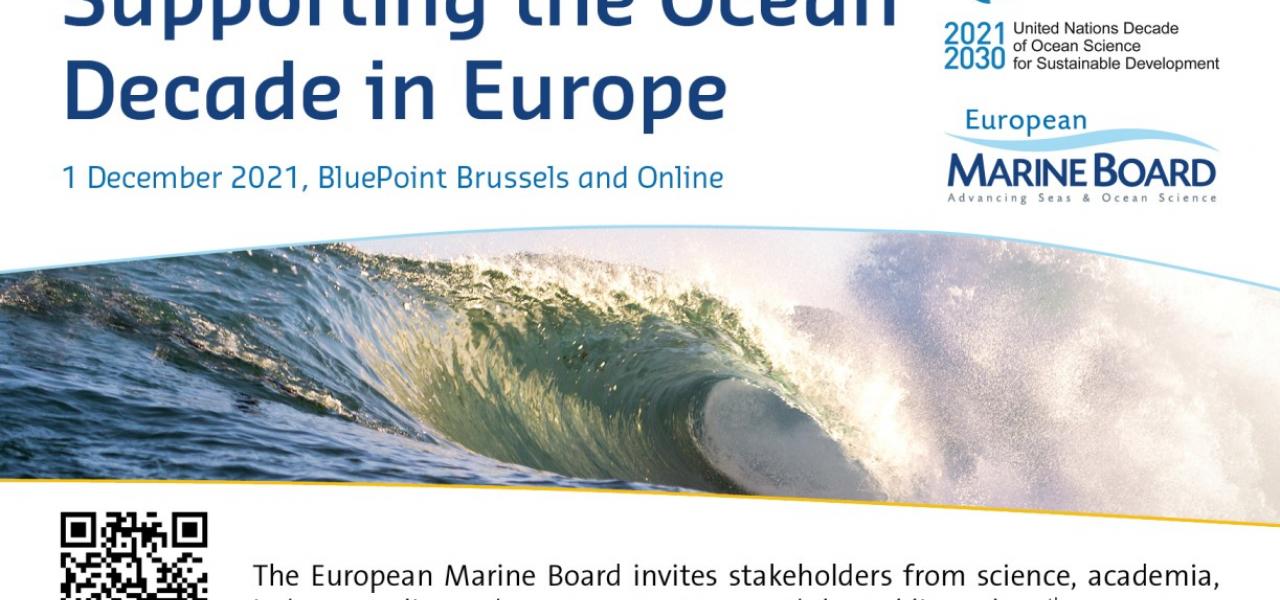The PHIDIAS’s final impact webinar took place last 12 July which aimed at presenting the tangible outputs achieved by the PHIDIAS HPC initiative at the service of the European HPC and Research community, including main features, concrete impact, and prospective advantages for Research & HPC ecosphere. Here are the brief key takeaways from the event:
• A simple web access to a world-class supercomputer, yet with a kind of magic
• From 5% of data analysis to 45% for scientists (data access and computing) on the road to 80%
• Two portals to find and access the available data
• Already available results for Earth Science Systems (detection of extreme events, pollution, nutrients or ocean oxygen measures, etc.)
• Security by design is key in creating such an infrastructure (Security Committee)
• PHIDIAS is also a prototype to evaluate costs
• Metadata is a key point.
PHIDIAS WP3 in cooperation with WP2 has coordinated and facilitated several videoconferences with various scientific WPs but also with the security committee since the 3rd meeting of the PHIDIAS consortium that took place in Villeneuve d'Ascq/Lille on 6 and 7 April 2022.
Boris Dintrans, PHIDIAS project coordinator and CINES director, recently had the occasion to take part in the EuroHPC Summit Week (EHPCSW) 2022 session on “Data-driven Computing” from 22-24 March 2022.
Listen as we dive into the fourth PHIDIAS podcast episode.
The engineering work in remote sensing, data, and HPC systems has enabled the secure deployment of the processing chain Soil Moisture at Plot Scale (S2MP) in the supercomputer OCCIGEN at CINES.
Two years after the beginning of the PHIDIAS HPC project, this second General Assembly was held on 27-28 October 2021 in Domus Comeliana at the heart of Pisa (IT), was a key meeting for the consortium to gather and discuss the results obtained so far.
In the previous episodes, with François Bodin and Charles Troupin, we had a chance to discuss the overarching structure of the initiative, the current HPC, and the supercomputer landscape throughout Europe.
Finnish Environment Institute – SYKE, one of the PHIDIAS consortiums involved in the Oc
Listen as we dive into the first of the PHIDIAS Use Cases, featuring the interview with Charles Troupin, a researcher at the Université de Liège, who will walk us through the PHIDIAS “Ocean use case” and how the project will help in address the issues related to the ocean research.
The EuroHPC is preparing the transition towards exascale with a new call on Centres of Excellence for HPC. The call will support research and innovation actions that will develop and adapt HPC applications for the exascale and post-exascale era.




